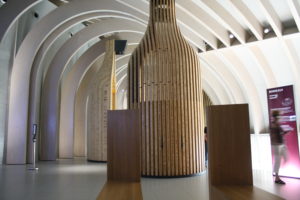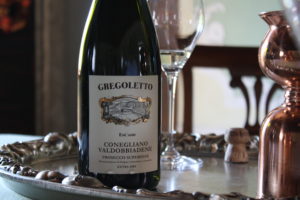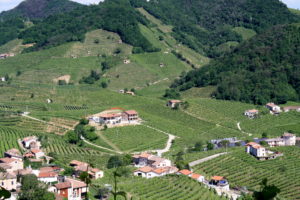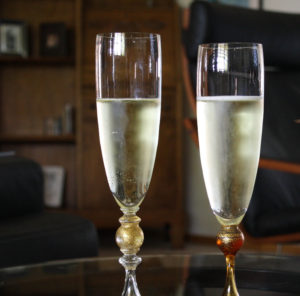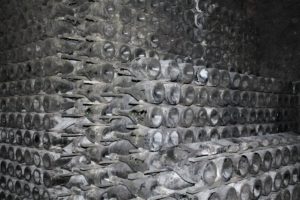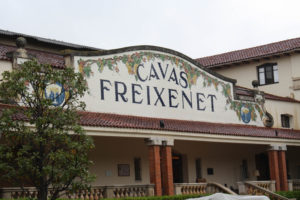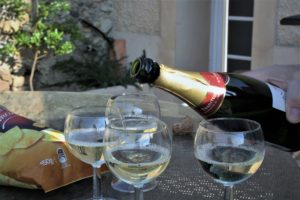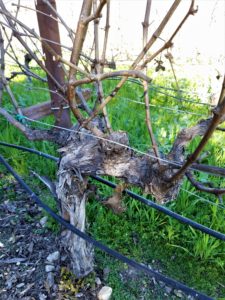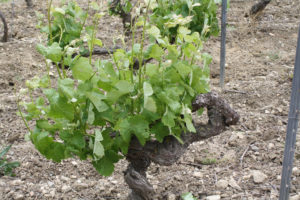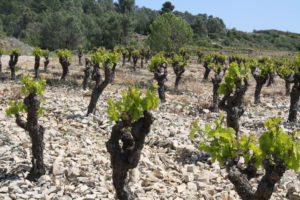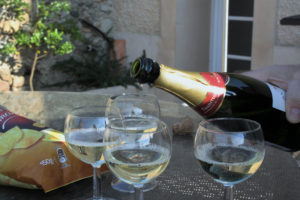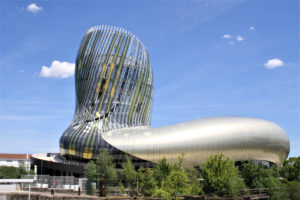
Following the success of the major temporary exhibition Bistro! From Baudelaire to Picasso in 2017, La Cité du Vin will be presenting Wine and Music, harmony and dissonance (16th – 19thcentury) from 23 March to 24 June 2018.
The exhibition will include 150 works (paintings and pottery, music books, models, instruments, stage jewellery, etc.) from regional, national and European collections, as well as a selection of musical works (operas, ballets, drinking songs) illustrating the association between wine and music, based on themes ranging from the mythical to the profane, epicurean to moralistic. This original exhibition will be accompanied by a wide and eclectic cultural programme.
——————-
A broad range of themes :
During the Renaissance period and the late 19th century there were numerous representations of wine and music, with inspiration taken from Antiquity. Such evocations appeared in new forms in every social category, whether princely, bourgeois or common.
The exhibition pays tribute to this diversity and is based on six themes (Dionysus, wine and music – Dance, bacchanal, ballet and the open-air ball – Love and intoxication – Figures and allegories – Home concerts and gracious tables – Banquets, taverns and cabarets).
The exhibition brings together all musical forms and artistic mediums, from court ballets to opera, from drinking songs to dance tunes, from paintings to tableware and popular imagery.
At the beginning of each section, an old work evokes the historical depth of the subject and the reference to ancient myths. Dionysus, followed by Bacchus, incarnated intoxication, sensual pleasures, fertility and creativity. The allegory of music is often associated with love, sensuality and wine.
The tour is accompanied by a soundtrack.
Eight individual listening points and three communal listening cabinets play excerpts from musical works (ballets by Lully, Rameau, Massenet, Duvernoy, etc.), videos of great operatic arias (Puccini, Verdi) and unique recordings of drinking songs.
The scientific committee with Florence Gétreau
The curator of the exhibition is Florence Gétreau, Director Emeritus of Research at the CNRS, Institute for Research in Musicology. Florence Gétreau is an art and musicology historian, working as Heritage Curator until 2004 (Museum of Music, Museum of Popular Arts and Traditions) and has directed two research teams at the CNRS.
An accessible exhibition, open to all
The layout and choice of works presented are suitable for all audiences. The explanatory texts are presented in different parts (by theme, group of works or major works), helping visitors in their discovery of the different sections. Some collections of sketches,
manuscripts and other written collections are presented on digital displays for visitors to browse.
A special tour has been designed for young people. Through an accompanying booklet and a selection of key exhibits, they will discover the history of instruments and musical genres, and the variety to be found in sets, costumes and stage jewellery.
Original scenography
The scenography was designed by architect-scenographer Loretta Gaïtis, who has also created projects for the Musée d’Orsay, Grand Palais and the Bibliothèque Nationale de France.
The exhibition progresses through an atmosphere of warm colours, structured by breaks and musical interludes. Extracts from sheet music, books and etchings provide the backdrop for the scenography. Different perspectives and transparencies gradually reveal the items on display, showcased behind glass using light effects. Three musical cabinets blend naturally into the exhibition, inviting visitors to immerse themselves in the sounds of both familiar or original works.
Events during the exhibition period
La Cité du Vin is also offering an eclectic cultural programme in connection with the exhibition (the full cultural programme can be viewed at: laciteduvin.com) with conferences, symposiums, concerts, “Culinary cinema” screenings, workshops, guided tours and tastings etc. A small stage for musical performances has been included in the exhibition space.
An exhibition catalogue will be published by Éditions Gallimard.
This exhibition is brought to you with the support of the Bibliothèque nationale de France.
This exhibition is brought to you with the support of thecultural season Patrons of La Cité du Vin:
- Bellot
- CIC / CM-CIC Investissement
- Castel
- Clarence and Anne Dillon Trust
- Keolis Bordeaux Métropole
- Château Kirwan
- Domaines Barons de Rothschild (Lafite)
- Duclot
With the support of La Maison de Champagne Krug.
In partnership with France Musique, live from La Cité du Vin on 23 and 24 March 2018, and Le Figaro.
Practical information
The exhibition Wine and Music, harmony and dissonance – 23 March – 24 June 2018
- La Cité du Vin – 1, esplanade de Pontac – 33300 Bordeaux – France
- Exhibition cost: €8 (full rate)
- Combined ticket for the Permanent Tour with the interactive travelling companion (including a tasting of world wine in the Belvedere) and the exhibition: €24 (full rate)
The exhibition press kit and related cultural programme is available upon request. Visuals and acknowledgements may be sent upon request.
++++++++++++++++++
Support the cultural seasons at La Cité du Vin with the Fondation pour la culture et les civilisations du vin:
Individuals and companies can support La Cité du Vin’s cultural events. Thanks to donations from Patrons and Friends, the Fondation pour la culture et les civilisations du vin, an officially recognised non-profit organisation, provides a rich and varied cultural programme all year round at La Cité du Vin, informing and enlightening as many people as possible about the millennial culture of wine and helping to protect this intangible and universal heritage.
=> As a company – by joining the Patrons of the cultural season from €5,000/year.
=> As an individual – with the ‘Friend’s Card’ (for a donation of €250/year), or the ‘Benefactor’s Card’ (for a donation of €1,000/year).
=> As an international donor – by joining the American Friends or International Friends of La Cité du Vin.
About La Cité du Vin:
La Cité du Vin is a unique cultural facility located in Bordeaux, dedicated to wine as a cultural, universal and living heritage. It offers a spectacular journey around the world, through the ages and in all cultures. Visitors can purchase tickets at www.laciteduvin.com and at La Cité du Vin.




